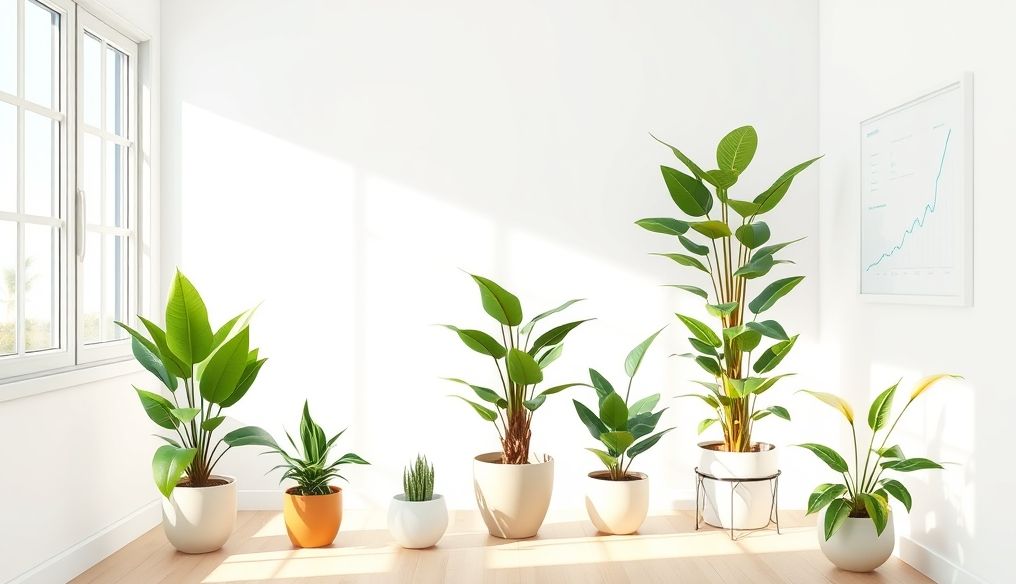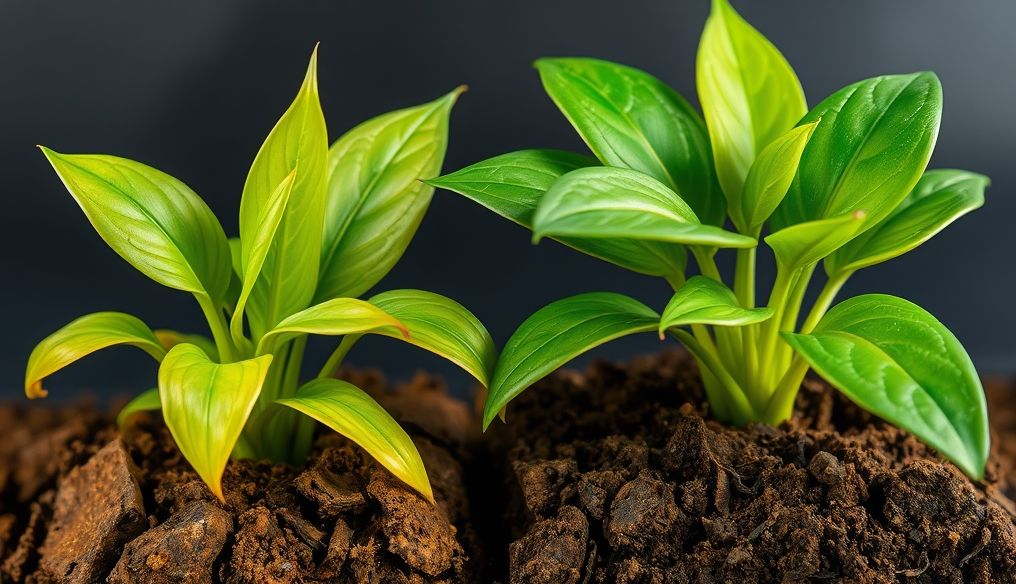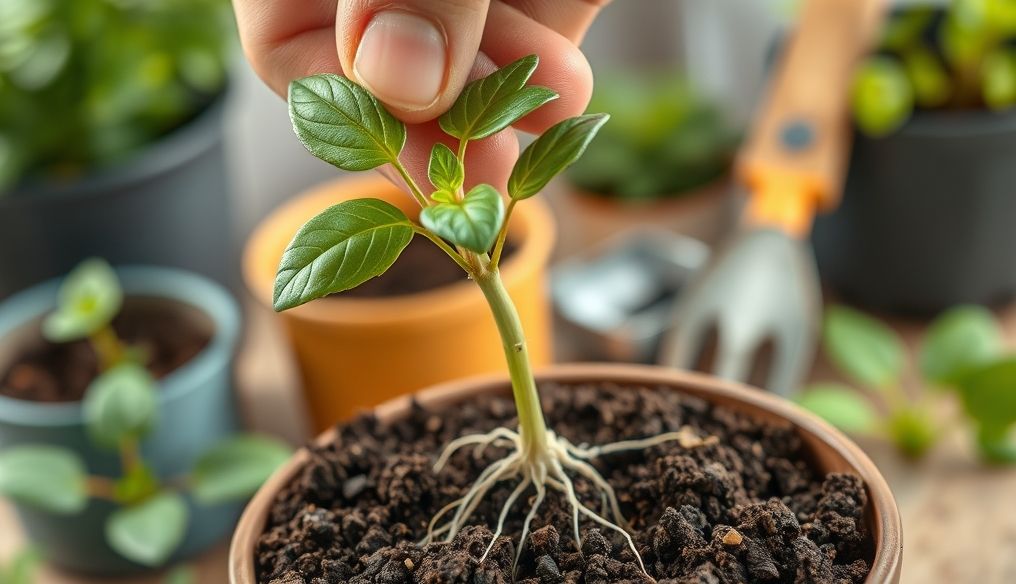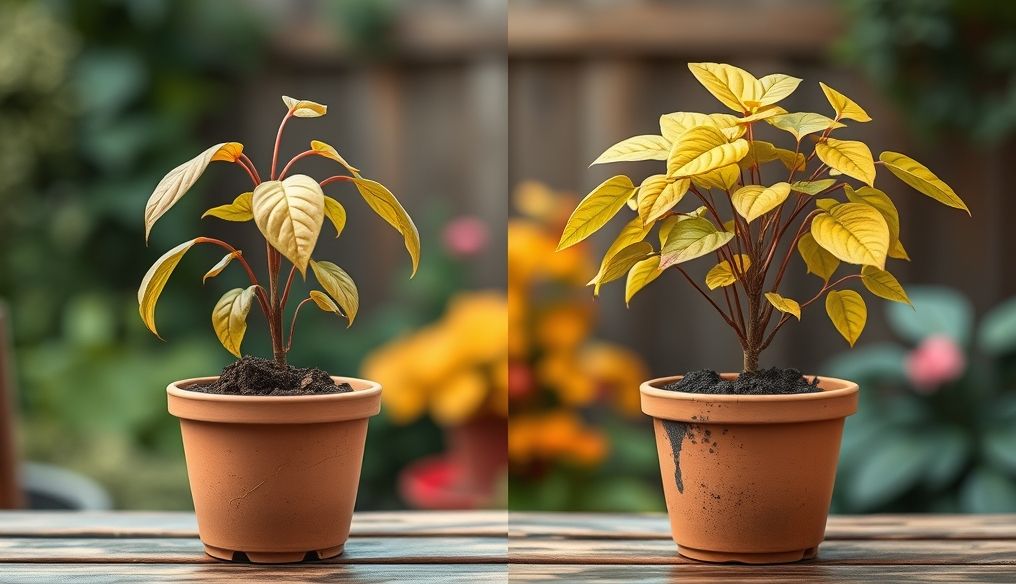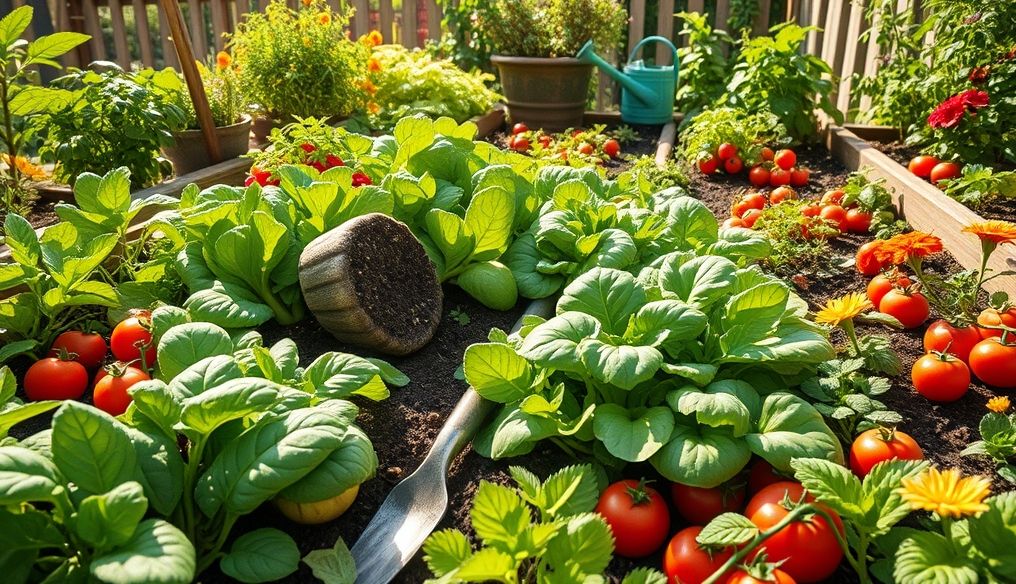What are the best plants for purifying indoor air and how do we choose them?
Did you know that the air inside your home might be more polluted than the air outside? It's true! Furniture, cleaning supplies, and even our own breath can release harmful chemicals into the air. Fortunately, there's a natural and beautiful solution: plants! Discover the best air-purifying plants and how to choose them for a healthy and refreshing home.
Why Should We Care About Indoor Air Purification?
Polluted indoor air can cause a variety of health problems, including:
- Allergies and Asthma: Allergens and irritants can worsen allergy and asthma symptoms.
- Headaches and Fatigue: Some chemicals can cause headaches and fatigue.
- Eye, Nose, and Throat Irritation: Some chemicals can irritate the mucous membranes.
- Respiratory Problems: Long-term exposure to polluted air can increase the risk of respiratory problems.
A study by the U.S. Environmental Protection Agency (EPA) found that levels of some indoor pollutants can be 2 to 5 times higher than outdoor levels. This makes indoor air purification crucial for our health and well-being.
How Do Plants Purify the Air?
Plants purify the air through a process called photosynthesis. During this process, plants absorb carbon dioxide from the air and release oxygen. In addition, plants absorb certain other pollutants from the air through their leaves and roots.
Pollutants that plants can remove from the air include:
- Formaldehyde: Found in furniture, carpets, and building materials.
- Benzene: Found in paints, solvents, and detergents.
- Trichloroethylene: Found in solvents, degreasers, and dry cleaning fluids.
- Xylene: Found in paints, solvents, and pesticides.
- Ammonia: Found in detergents, fertilizers, and cleaning products.
The Best Plants for Purifying Indoor Air:
Here is a list of the best plants for purifying the air, with a brief description of each:
- Spider Plant: Easy to care for and grows quickly, removes formaldehyde and xylene.
- Snake Plant: Tolerates harsh conditions, purifies the air of formaldehyde, benzene, trichloroethylene, and xylene.
- Peace Lily: Removes formaldehyde, benzene, trichloroethylene, xylene, and ammonia.
- Pothos: Easy to care for and grows quickly, removes formaldehyde and xylene.
- Dracaena: There are many types, removes formaldehyde, xylene, and trichloroethylene.
- Aloe Vera: In addition to its medicinal properties, removes formaldehyde and benzene.
- Bamboo Palm: Removes formaldehyde, xylene, and trichloroethylene.
- Philodendron: Easy to care for, removes formaldehyde.
- Gerbera Daisy: Removes formaldehyde, benzene, and trichloroethylene.
- Azalea: Removes formaldehyde.
How to Choose the Right Plants for Your Home?
When choosing plants for air purification, consider the following factors:
- Environmental Conditions: Is your home bright or dark? Is it humid or dry? Choose plants that suit the environmental conditions in your home.
- Level of Care: Are you willing to provide a lot of care for the plants? Or are you looking for easy-care plants? Choose plants that match your level of commitment.
- Allergies: If you have allergies, choose plants that do not cause allergies.
- Children and Pets: If you have children or pets, choose non-toxic plants.
- Budget: Plant prices vary greatly. Set a budget before you start shopping.
Additional Tips for Enhancing Air Purification with Plants:
- Place plants in different locations: Place plants throughout your home, especially in areas where you spend most of your time.
- Use a mixture of plants: Use a variety of different plants to purify the air more effectively.
- Keep plants clean: Wipe plant leaves regularly to remove dust and dirt.
- Water plants regularly: Make sure to water the plants regularly, but don't overwater.
- Fertilize plants: Fertilize the plants regularly to provide them with the nutrients they need.
Studies and Research on the Effectiveness of Plants in Air Purification:
There are many studies that support the effectiveness of plants in air purification. For example, a study by NASA found that some plants can remove up to 87% of indoor pollutants within 24 hours. Another study published in the journal "HortScience" found that indoor plants can reduce formaldehyde levels by up to 50%.
Conclusion:
Plants are a natural and effective way to purify the air inside your home. By choosing the right plants and caring for them properly, you can improve the air quality in your home and create a healthier and more comfortable environment for you and your family. Start adding a green touch to your home today and enjoy the benefits of clean air!
